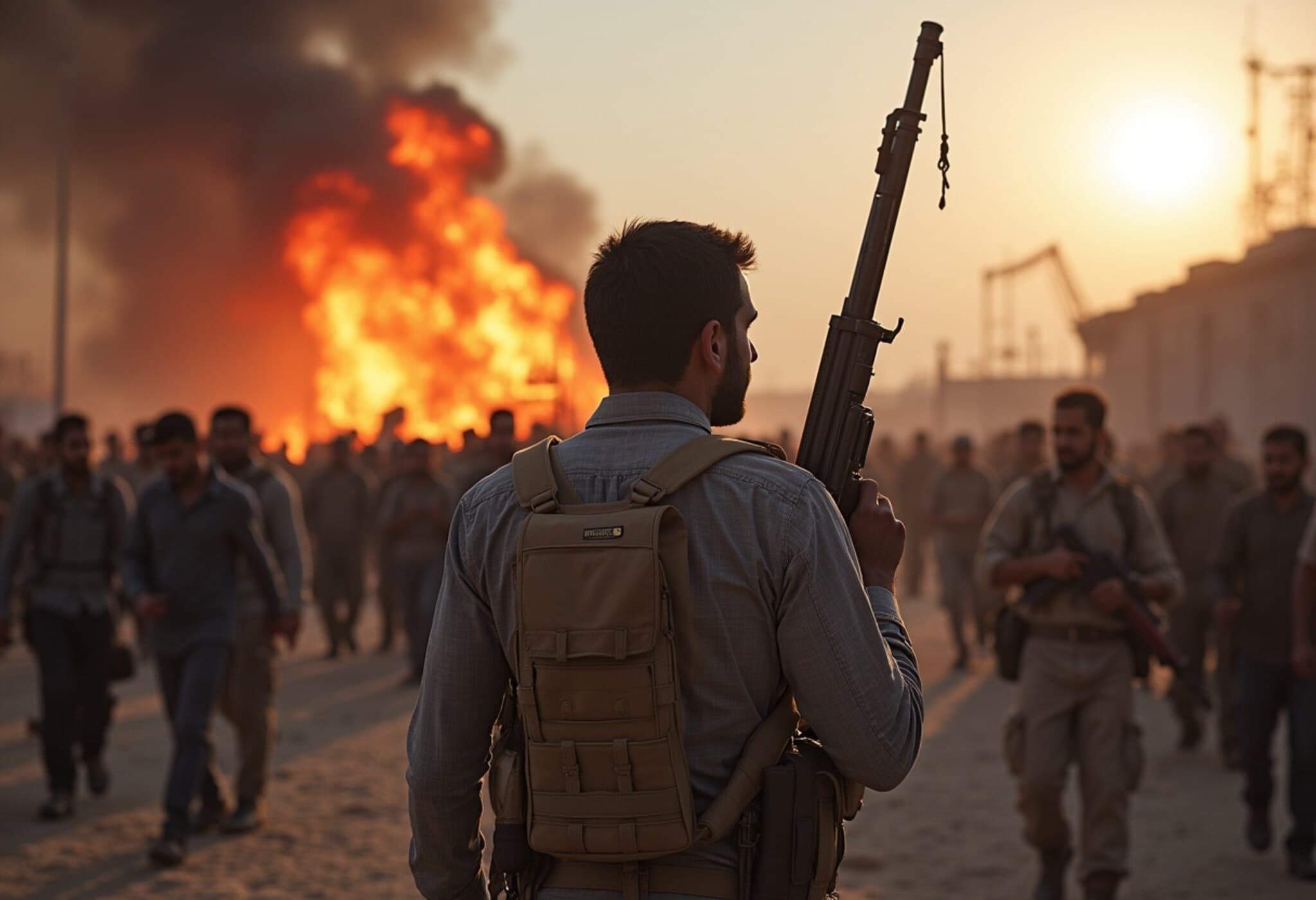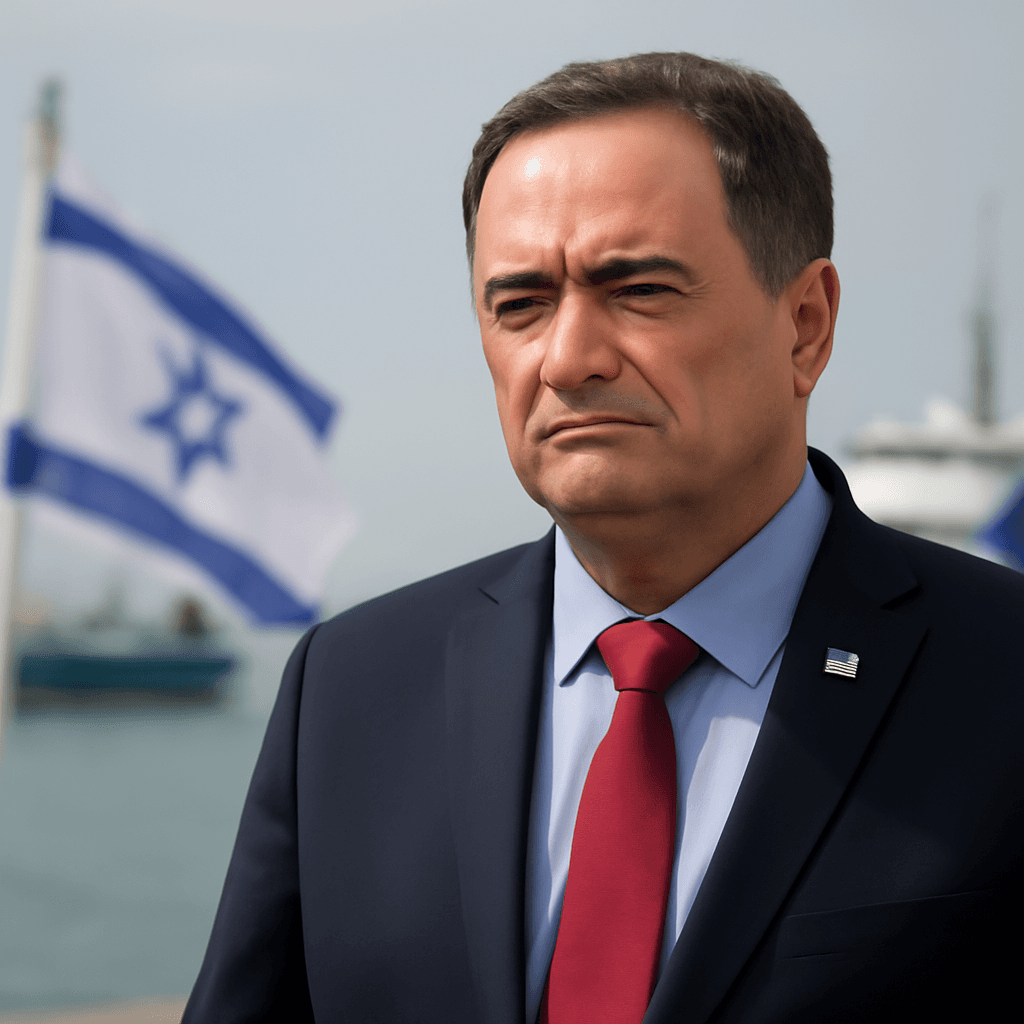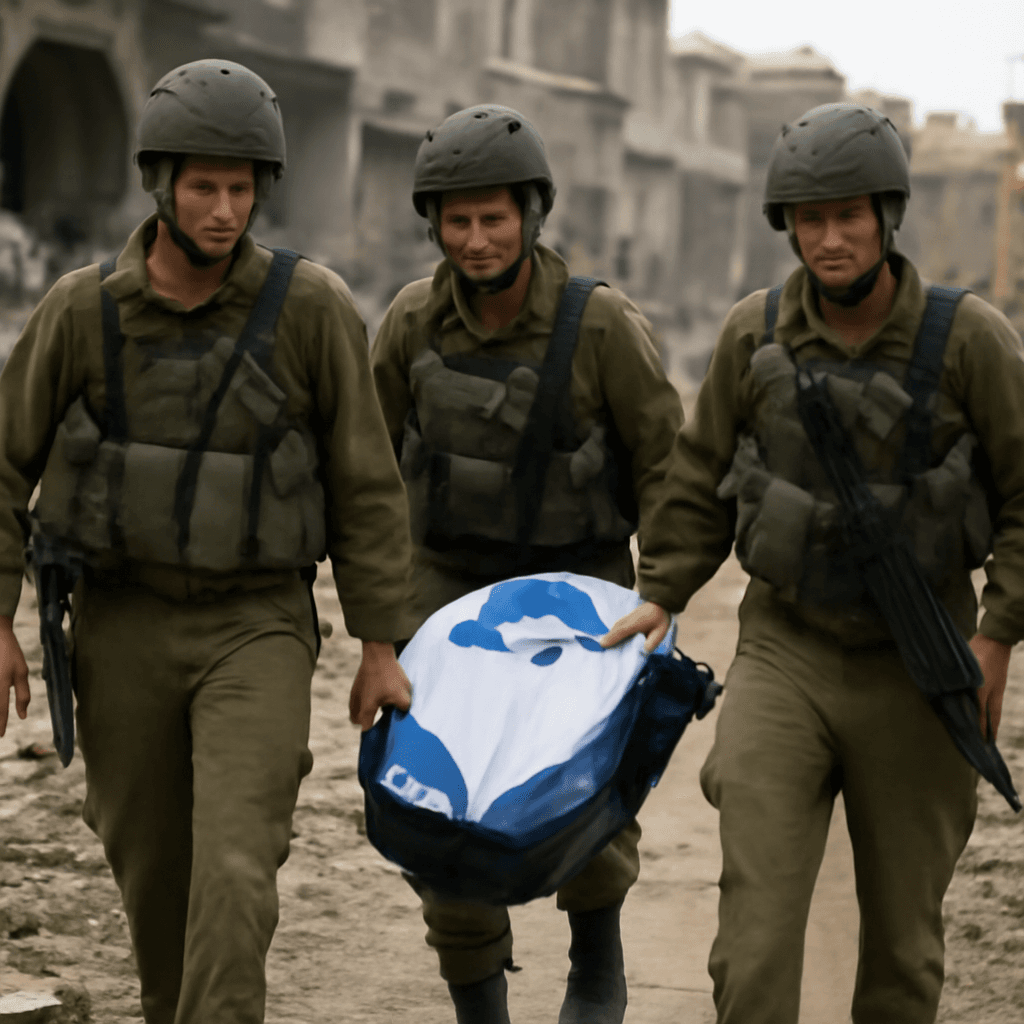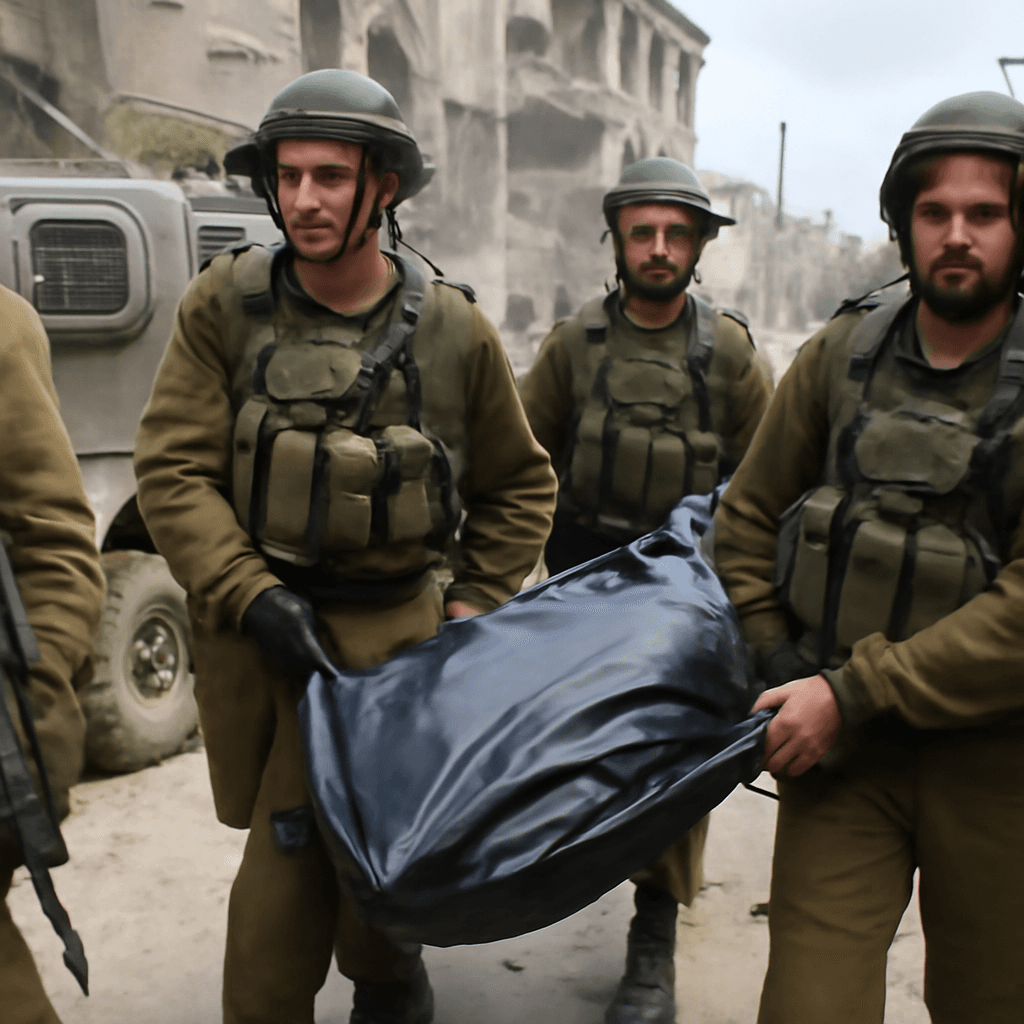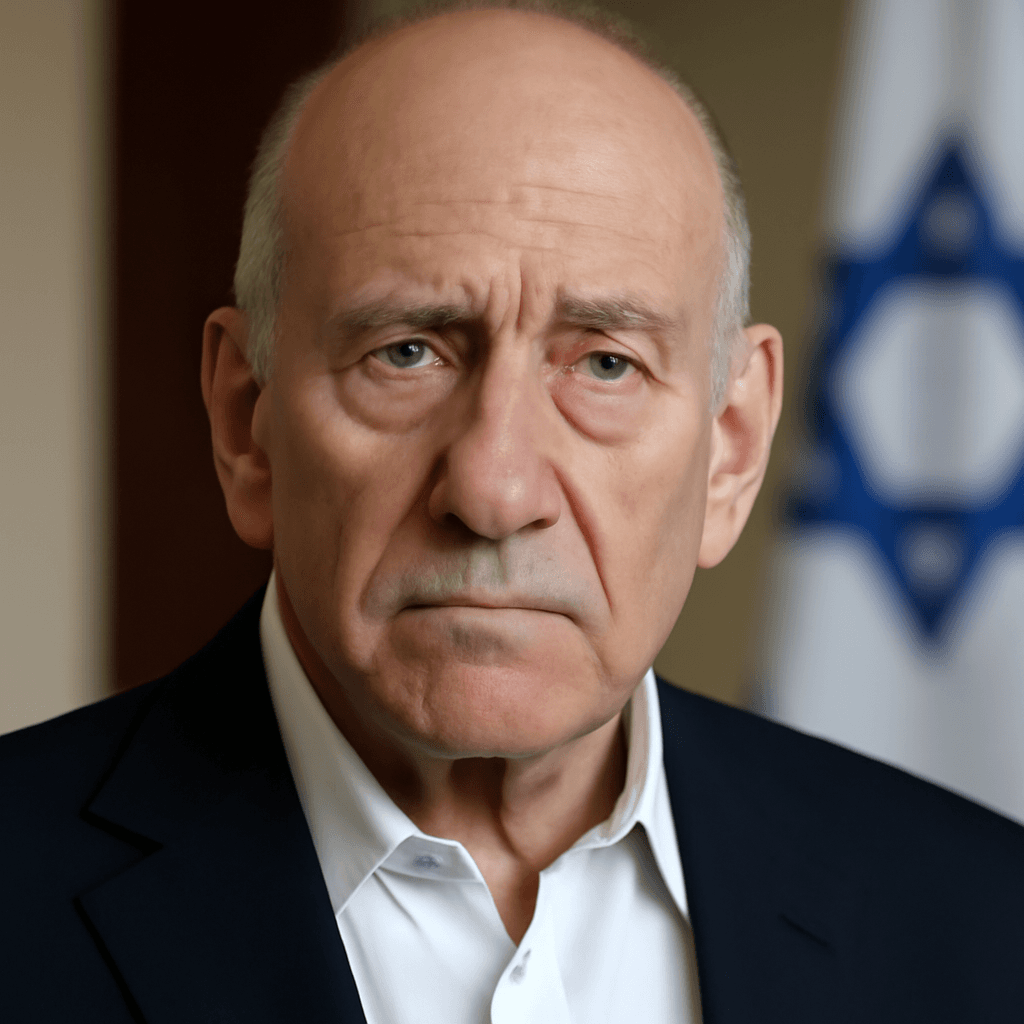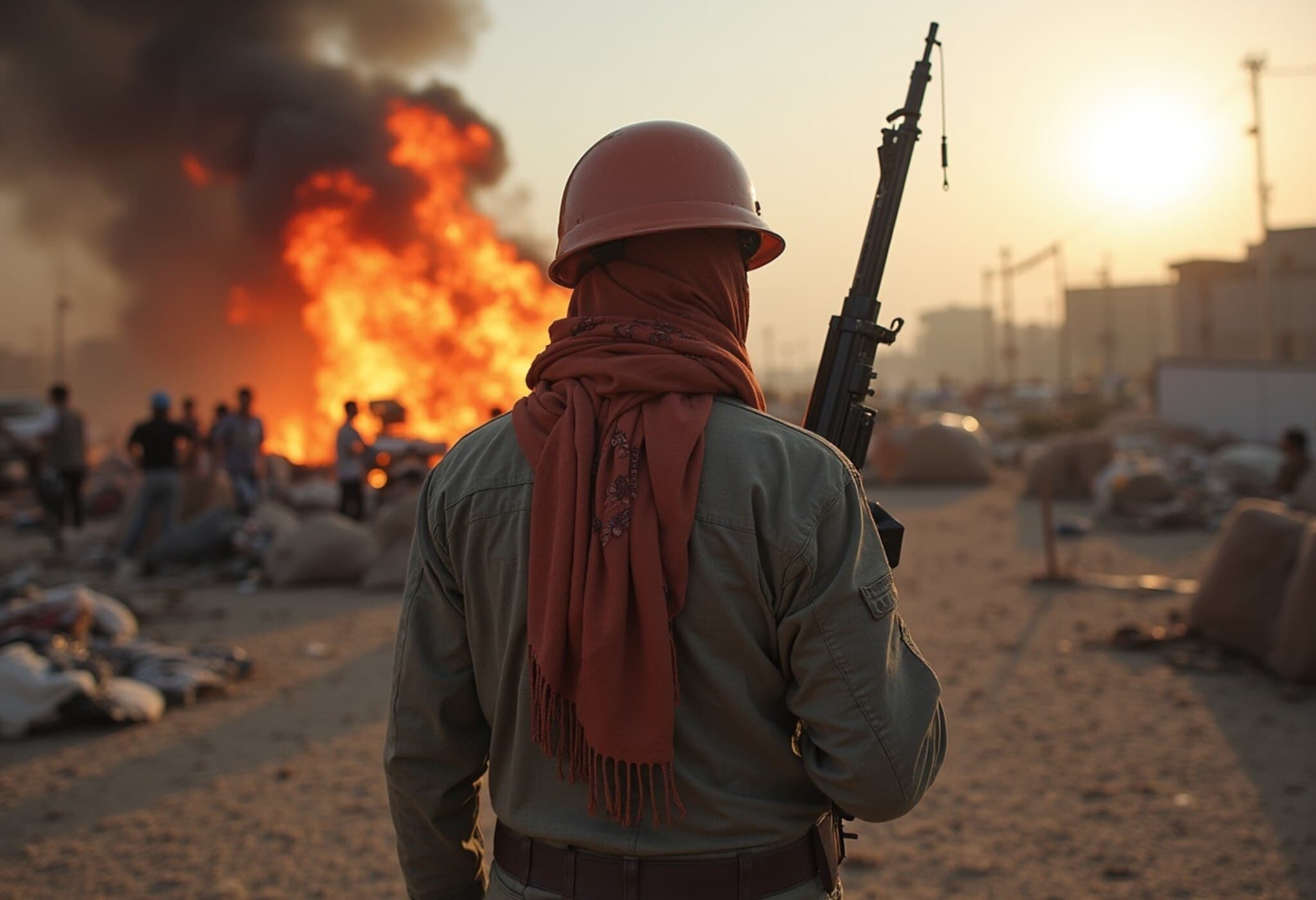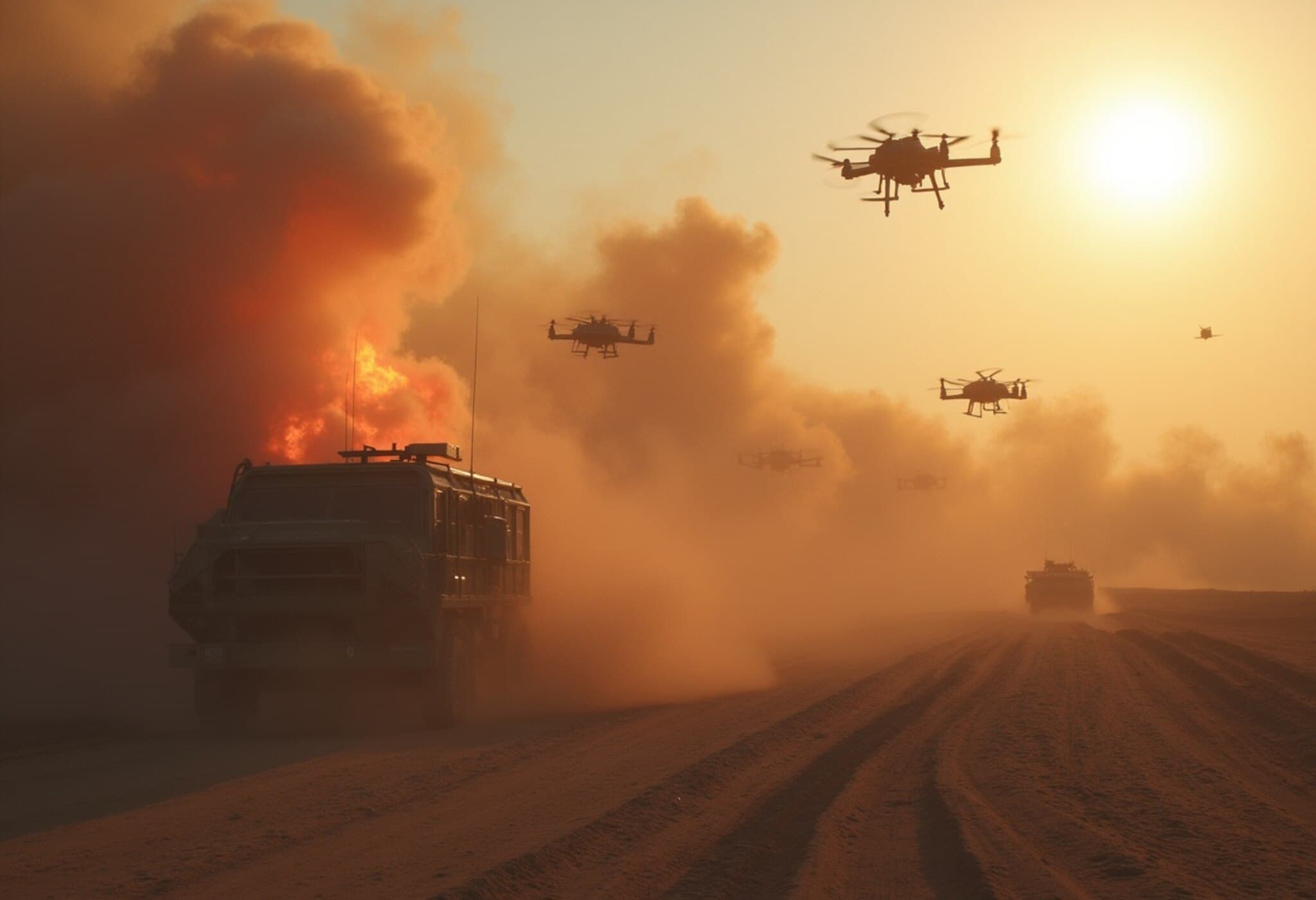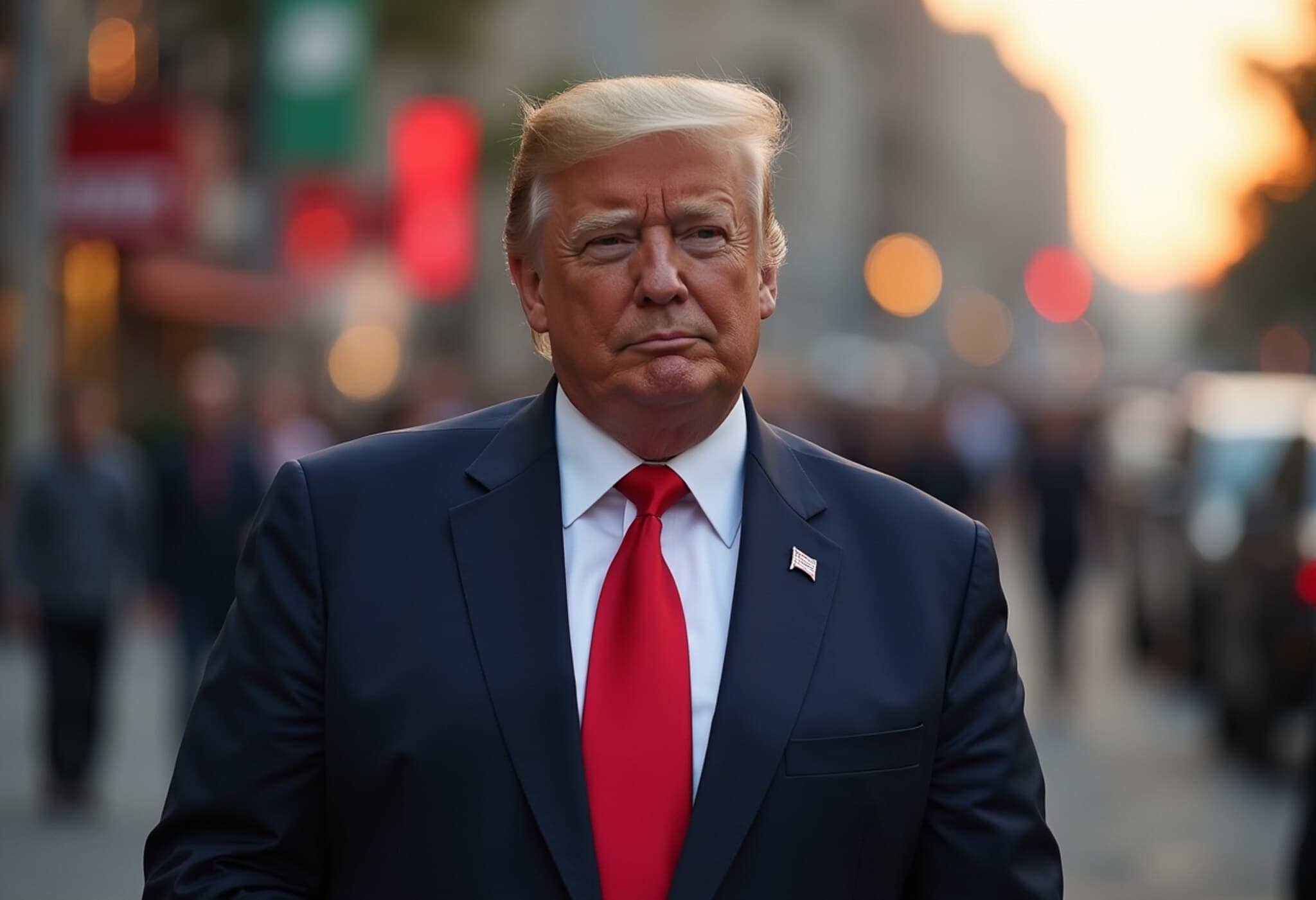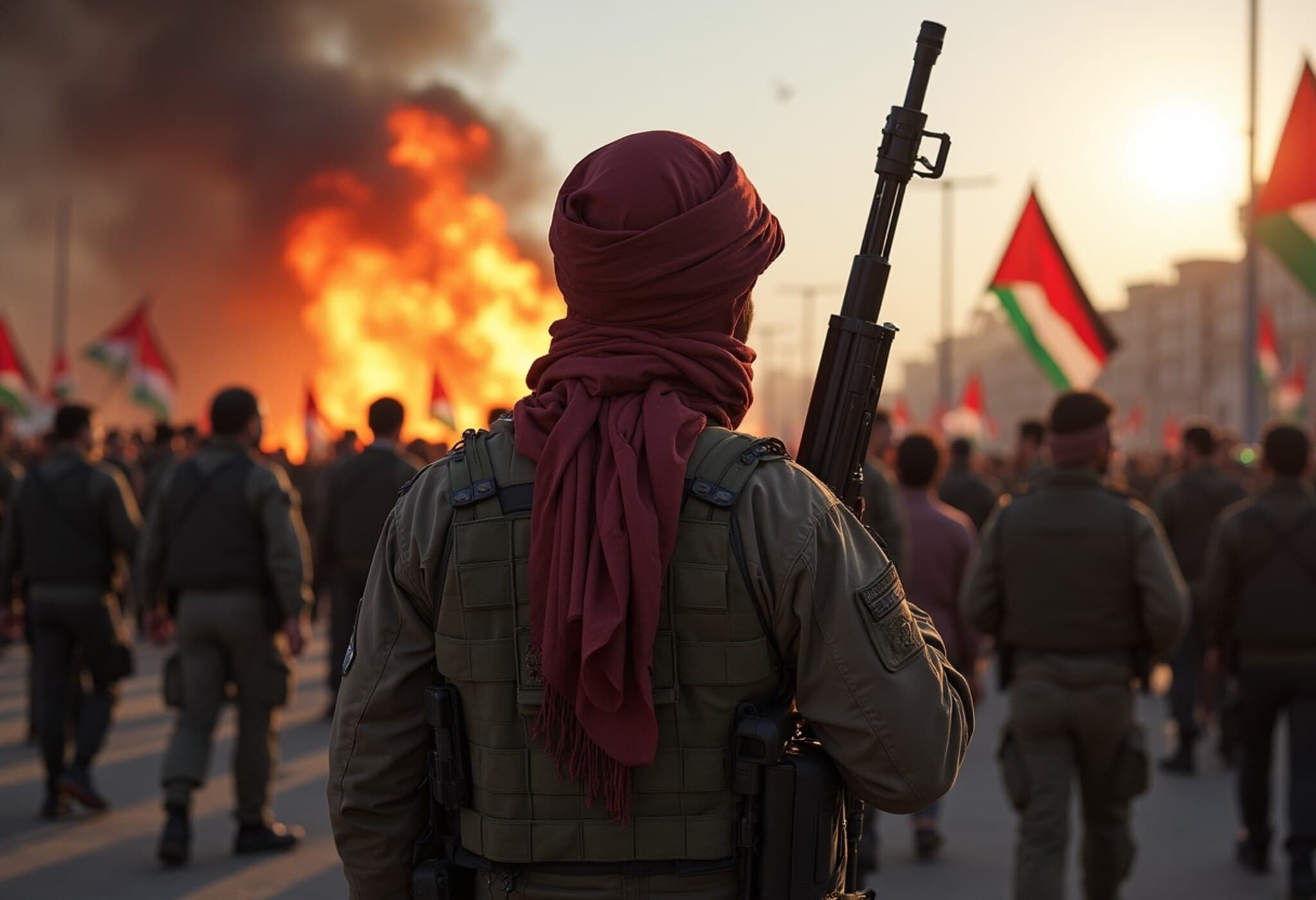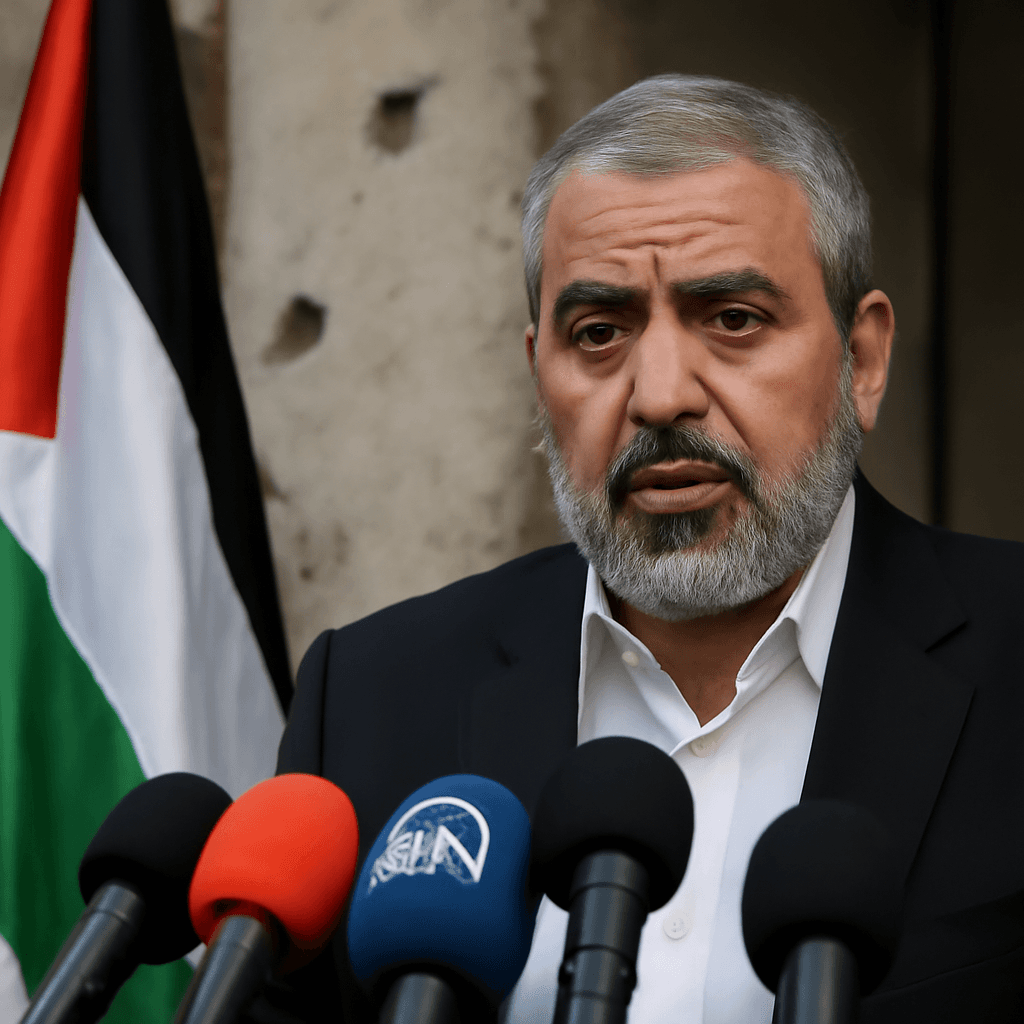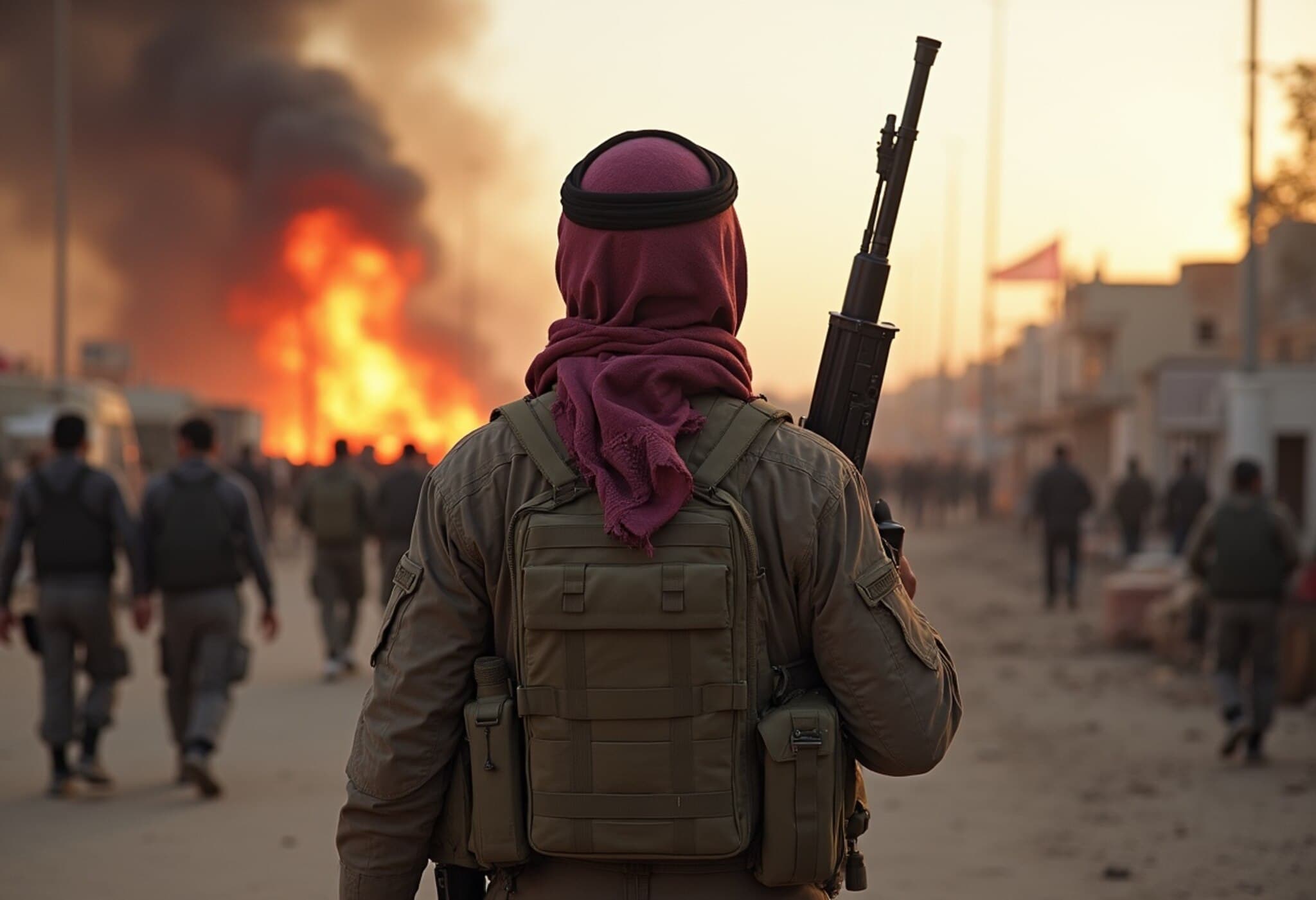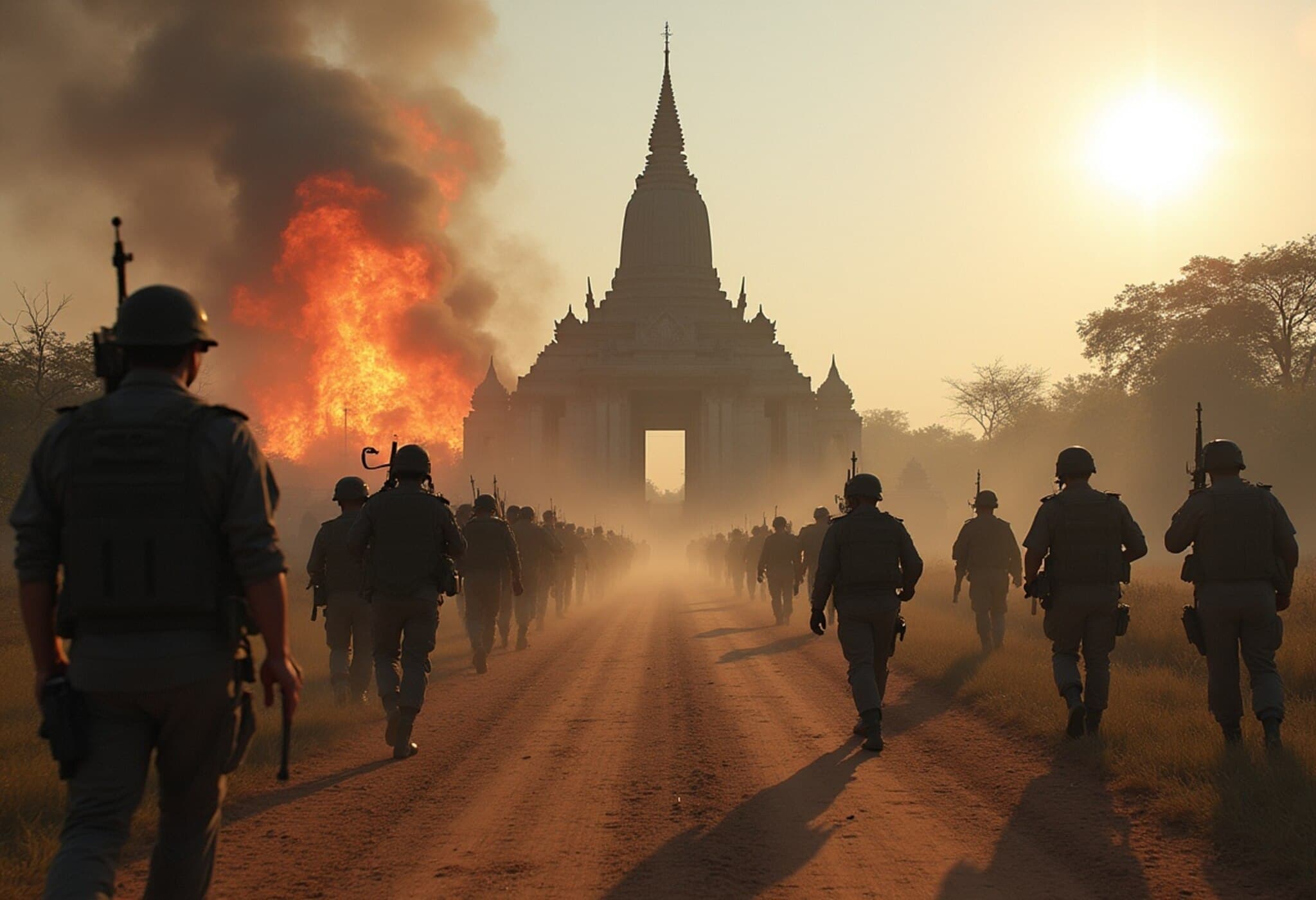Hamas Delivers Response to Israel's Ceasefire Offer
After more than two weeks of intense indirect negotiations in Doha, Hamas has officially submitted its response to Israel’s proposal for a 60-day ceasefire in Gaza. The talks, mediated by international actors including Qatar and the United States, aim to secure a truce that could lead to the release of Israeli hostages and a temporary halt to the violence devastating the region.
Key Details of Hamas’ Response
The militant group revealed its counterproposal via a statement on Telegram, emphasizing suggested amendments concerning:
- The modalities for aid entry into Gaza, ensuring humanitarian relief reaches those in dire need.
- Maps outlining areas where the Israeli military should withdraw to facilitate the ceasefire.
- Strong guarantees to cement a permanent end to hostilities.
A Palestinian source involved in the negotiations highlighted the importance Hamas places on these guarantees, reflecting deep mistrust on both sides after years of conflict.
A Complex and Fragile Negotiation Landscape
The indirect talks in Doha, a recognized diplomatic hub for the Israeli-Palestinian conflict, have yet to produce a breakthrough. Both sides remain deeply entrenched in their positions, publicly attributing blame to one another for the deadlock.
- Israel’s stance: Dismantling Hamas’s military and governance infrastructure is a non-negotiable prerequisite for any ceasefire. Israel insists on ensuring long-term security before any relaxation of military operations.
- Hamas’s demands: They insist on a comprehensive withdrawal of Israeli forces from Gaza, unfettered humanitarian access, and binding assurances for a lasting ceasefire.
David Mencer, an Israeli government spokesman, accused Hamas of obstructing progress, stating, “Israel has agreed to the Qatari proposal and the updated U.S. special envoy’s proposal. It is Hamas that is refusing.” Meanwhile, Israeli representatives remain in Doha, signaling a willingness to continue negotiations.
The Humanitarian Toll and Hostage Crisis
The backdrop to these diplomatic efforts is grim. Of the 251 Israeli hostages taken during Hamas’s 2023 attack, 49 remain captive inside Gaza, with the Israeli military reporting that 27 of these hostages have died—a tragedy that underscores the urgency of a resolution.
Meanwhile, a coalition of more than 100 aid organizations has issued stark warnings about the humanitarian crisis intensifying across Gaza. With blockades and ongoing fighting, “mass starvation” is reportedly spreading, placing millions at risk and adding pressure on international actors to broker peace swiftly.
U.S. Diplomatic Engagement
U.S. envoy Steve Witkoff, pivotal in the ceasefire discussions, plans to travel to Europe to garner further diplomatic support and explore establishing an aid corridor into Gaza. These efforts illustrate Washington’s commitment to facilitating a resolution, balancing complex geopolitical sensitivities.
Broader Implications and Critical Questions
The current impasse raises profound questions about the future of Israeli-Palestinian relations and the international community’s role:
- Can an agreement truly hold without addressing the underlying causes of the conflict beyond a temporary ceasefire?
- What mechanisms would ensure compliance and enforcement of ceasefire terms given past violations?
- How might regional players, including Egypt and Gulf states, influence or support peace efforts?
- What humanitarian strategies can effectively alleviate Gaza’s suffering during ongoing uncertainty?
These questions highlight the complex tapestry of diplomacy, security concerns, and humanitarian imperatives intrinsic to any path forward.
Editor’s Note
The submission of Hamas’s response marks a critical juncture in an arduous and emotionally charged negotiation process. While the hope for a ceasefire offers a glimmer of relief, longstanding distrust and divergent objectives present formidable hurdles. For American policymakers and the global community, the challenge remains to balance strategic interests with urgent humanitarian needs, striving to break the cycle of violence while laying groundwork for sustained peace. As events unfold, continued scrutiny and informed engagement are vital to understanding the deeper dynamics at play in this deeply entrenched conflict.

